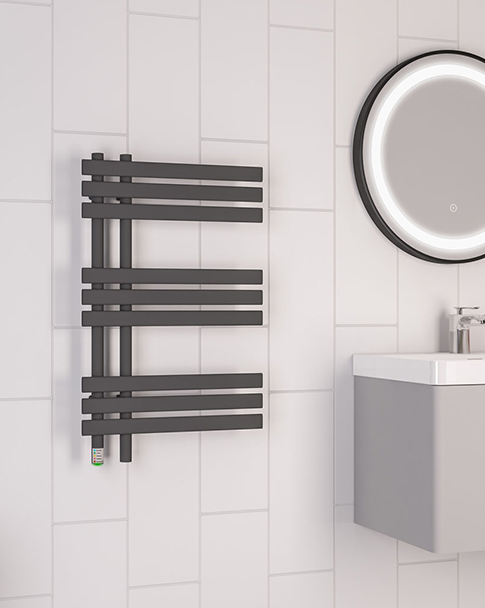Beyond the Hype: A Pragmatist's Guide to Using AI in Global Trade Operations
Aug 30, 2025
AI in Exporting: Moving Beyond ChatGPT to Practical Profitability
Introduction:The buzz around Artificial Intelligence (AI) is deafening. But for an export manager battling 2 AM emails, complex customs codes, and shipment tracking, it can feel irrelevant. Let's cut through the hype. Here’s how AI is actually solving real-world problems in global trade operations today—beyond just drafting marketing emails.
Practical AI Applications You Can Implement This Quarter:
1.The AI-Augmented Classification Engine:
The Problem: Misclassifying an HS code can lead to massive fines, shipment delays, and incorrect duty payments.
The AI Solution: Tools like **CustomsNow's ACRIS or Altana's AI analyze your product descriptions, photos, and technical specs to predict the most accurate HS code with over 98% confidence. It learns from your past classifications and global trade data, flagging anomalies before you submit.
ROI: Reduce classification errors by 90% and cut customs clearance time by 50%.
2.Predictive Lead Time Forecasting:
The Problem: "When will the goods arrive?" is the most common, and hardest, question to answer. Standard ETAs are often worthless.
The AI Solution: Predictive analytics platforms (Windward, FourKites) don't just track your ship or truck; they analyze thousands of data points—weather patterns, port congestion history, carrier performance, political events—to provide a dynamic, probability-based ETA.
ROI: Drastically improve inventory planning, reduce safety stock costs, and provide customers with trustworthy updates.
3. Intelligent Compliance Screening:
The Problem: Manually screening every new B2B customer against denied party lists (OFAC, BIS) is tedious, slow, and prone to human error.
The AI Solution: AI-powered compliance tools (Avalara, SAP Global Trade Services) automate screening in real-time. They go beyond simple name matching, using fuzzy logic and entity resolution to catch misspellings, subsidiaries, and complex ownership structures that hide sanctioned entities.
ROI: Achieve 100% screening coverage in seconds, mitigate catastrophic compliance risks, and accelerate the onboarding of legitimate customers.
Getting Started: A Non-Technical Roadmap
Identify Your Highest Friction Point: Is it documentation, tracking, or compliance? Start there.
Pilot a Single Solution: Don't boil the ocean. Run a 3-month pilot on one product line or one trade lane.
Measure Obsessively: Track KPIs like "Time to Classify," "ETA Accuracy %,"
Scale What Works.
Conclusion:AI in global trade isn't about sentient robots; it's about powerful, practical software that eliminates tedious tasks, mitigates risk, and provides a level of predictive insight previously impossible. It’s the most powerful tool for building a resilient, efficient, and scalable trade operation.
Read More
